Klipsch The Three Plus review: tabletop triumph
Klipsch's tabletop speaker all-in-one is very well specified indeed – and on the pulse in all but one or two specifics
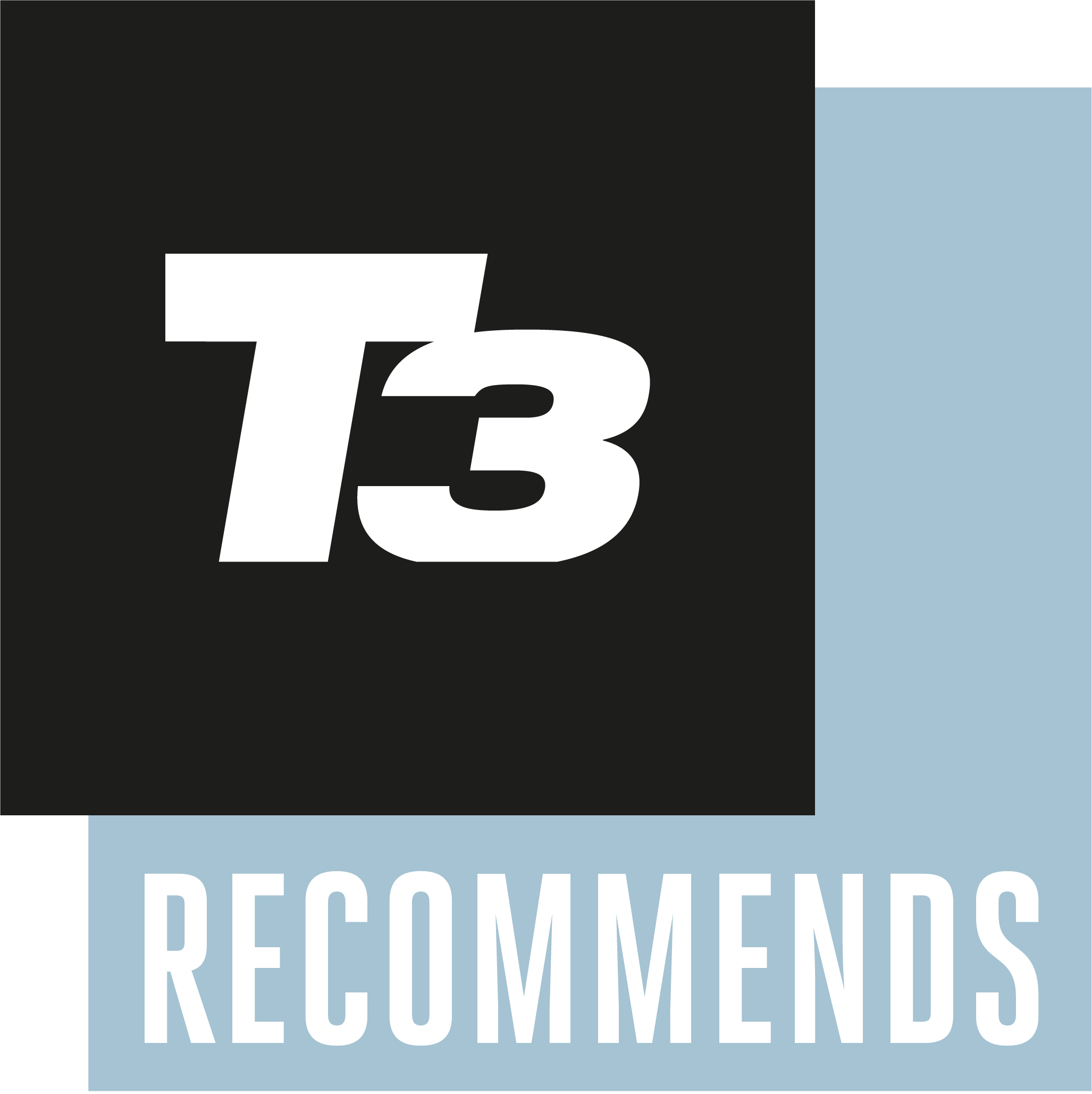

As a combination of discreet good looks, impressive functionality and forthright audio performance, the Klipsch The Three Plus makes a lot of sense at the asking price. Unless you intend to listen to vinyl at a very low level, anyway…
-
+
Forward, detailed and energetic sound
-
+
Great standard of build and finish
-
+
Impressively specified
-
-
Doesn't seem able to play particularly quietly
-
-
Uninhibited bass response
-
-
Ordinary phono stage
Why you can trust T3
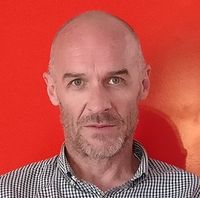
In all honesty, Klipsch is being uncommonly modest when it refers to The Three Plus as a 'tabletop speaker'. Yes, it's tabletop-friendly for sure – but its functionality extends well beyond that of a simple wireless speaker. It's easily competitive against the best wireless Wi-Fi speakers competition, as I'll get to in this review.
Mind you, forcing a stack of functionality into a manageably-sized box has been tried before, and the results haven't always been gratifying. But given that Klispch is fast closing in on its 80th birthday (and has been a front-runner for the overwhelming majority of that time), I guess that if anyone can pull off this particular trick then Klipsch can.
Klipsch The Three Plus: Price & Availability
The Three Plus by Klipsch is on sale now, and in the United Kingdom it costs £379 or thereabouts. It's $399 in the United States, while in Australia it goes for AU$529. This is aggressive pricing for sure, but it doesn't mean the Klipsch has direct competition from quite a few well-regarded manufacturers.
Klipsch The Three Plus review: Features & What's New?
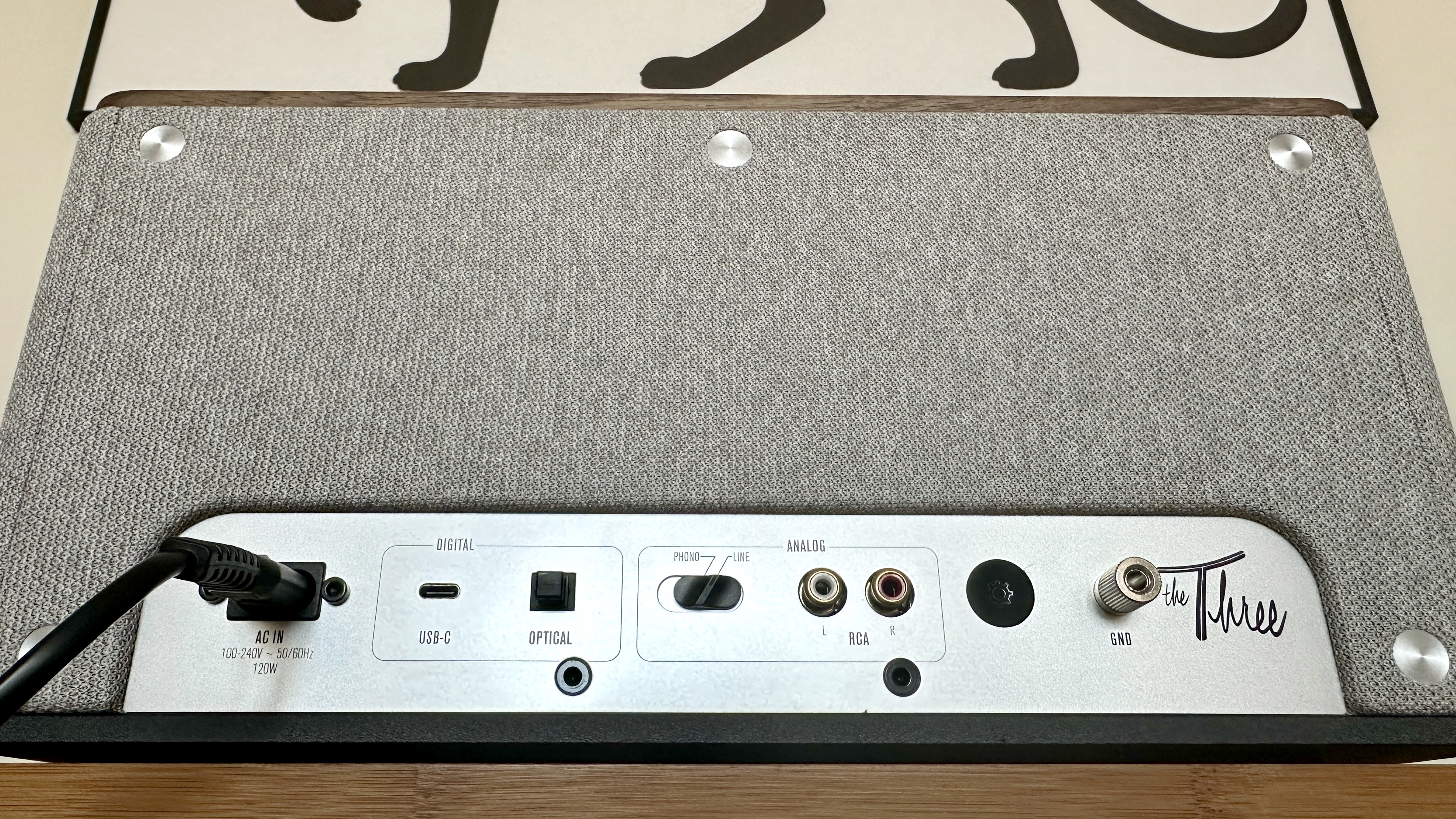
Considering that it's such a tidily proportioned machine, Klipsch has certainly piled on quite extensive functionality. This isn't a 'tabletop speaker' really, it's a 'tabletop system'.
For example, it's got quite a few input options. For wireless stuff, there's Bluetooth 5.3 with SBC and AAC codec compatibility – and the Klipsch also features 'Broadcast' mode, which means that as well as a receiver it can act as a transmitter to other 'Broadcast'-compatible speakers.
Within the confines of the speaker's Bluetooth range, it can transmit a mono Bluetooth signal to as many as 10 other compatible speakers – which means an extensive, simple-to-create multi-speaker system can be yours.
Physical connections, meanwhile, include a USB-C input for DAPs, thumb-drives and what-have-you – Klispch reckons it's capable of powering a WiiM Mini audio streamer (which is strangely specific, but there you go) in order to get some network streaming on the go.
Get all the latest news, reviews, deals and buying guides on gorgeous tech, home and active products from the T3 experts
There's a digital optical input able to handle incoming digital audio information of up to 24bit/96kHz resolution, and a pair of stereo RCA analogue inputs that are switchable between line- and phono-level – so if you want to hook up a turntable, go right ahead.
Digital information, naturally enough, has to be dealt with by a digital-to-analogue convertor (Klipsch isn't saying what kind or of what resolution from its DAC though) – and then once whatever you want to listen to is in the analogue domain, it's amplified by 120 watts of Class D power.
Sound itself is delivered by a pair of 57mm full-range drivers, a 133mm bass driver, and a couple of 133mm balanced mode radiators. This, says Klipsch, constitutes a 2.1-channel line-up.
Klipsch The Three Plus review: Performance
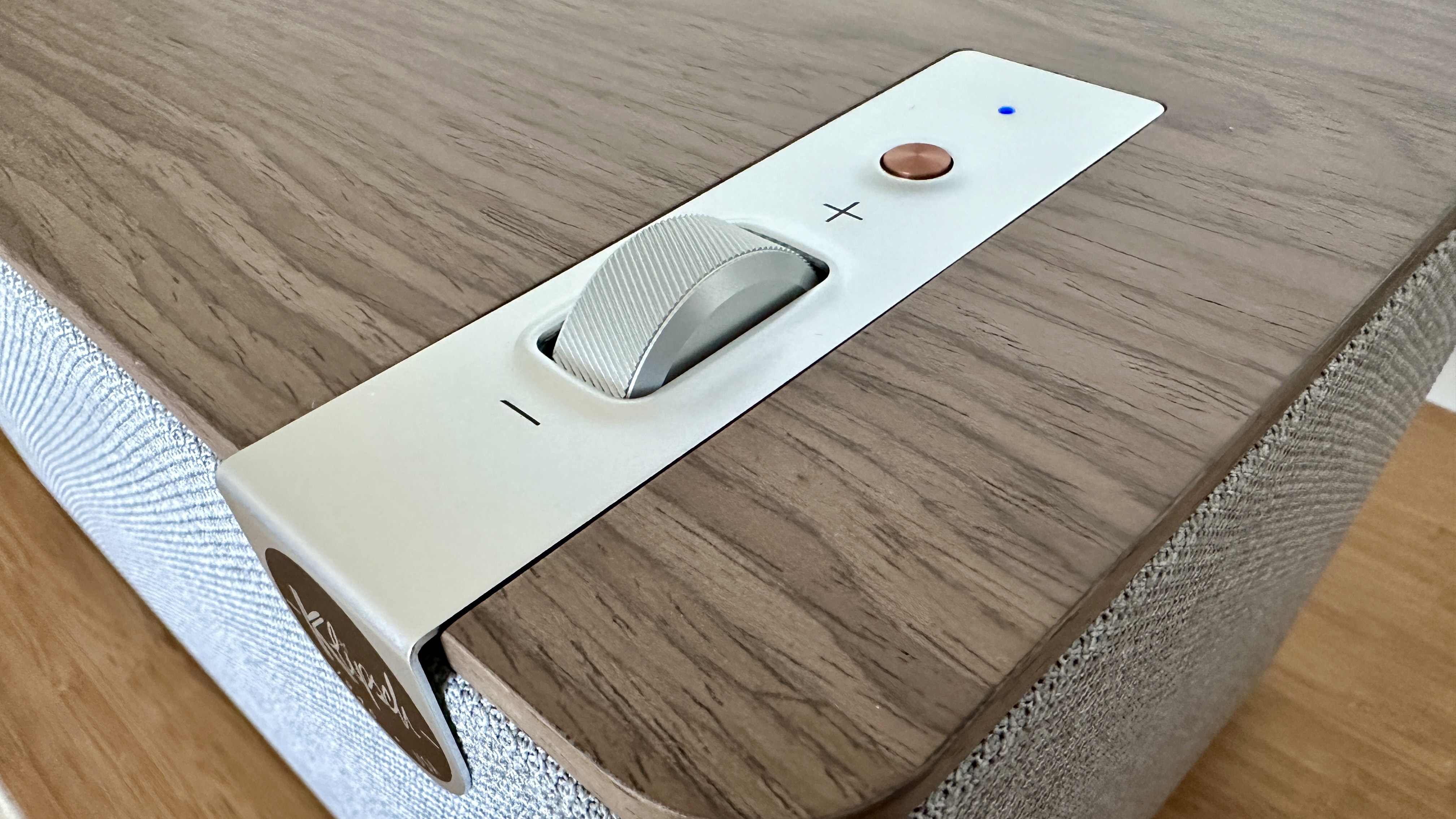
One of the most admirable things about the way the Klipsch performs concerns its complete consistency across almost all of its inputs. No matter if you use its digital optical input, USB-C slot or stream wirelessly via Bluetooth, its sonic characteristics don't really change. In each of these circumstances, it's a bold, upfront listen with a level of detail retrieval that helps balance out its assertive, bass-forward nature well.
There are no tweeters here, of course, but The Three Plus nevertheless manages to summon crisp levels of top-end attack – treble sounds are bright but not hard, and they have good variation where timbre and texture are concerned. The transition to the midrange is smooth, naturally, and once there the Klipsch is an open and revealing performer that's more than capable of teasing out the finer details in a singer's vocal line.
It's down at the bottom of the frequency range that The Three Plus really fancies itself, though – bass presence is considerable, and the Klipsch hits good and hard. It's no mindless thumper, mind you – there's good variation and detail to the low-end, straight-edged control and discipline that keeps rhythms natural and momentum levels high. There's no denying the overall presentation is skewed towards the bottom end, though, and this is a trait that can only be partially mitigated by fiddling with EQ response in the control app.
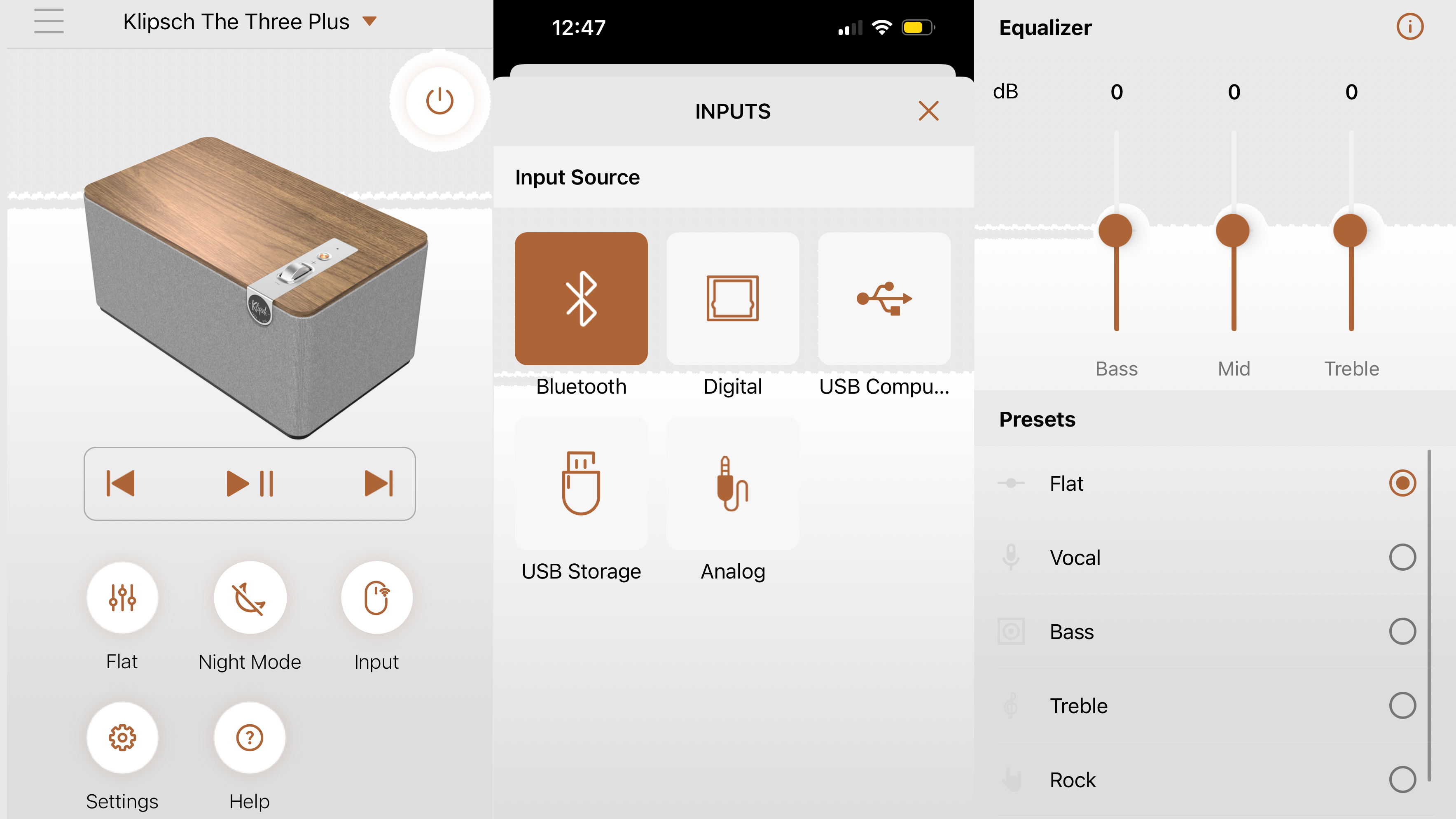
There's an obvious point-source of sound, sure enough, but the Klipsch sounds a good deal larger than it is and is able to organise a soundstage well. Dynamic headroom is considerable for those recordings that require it, and The Three Plus is able to describe the light and shade of tonal and harmonic dynamics with confidence too.
This dynamism is all well and good, but it should be noted that the Klipsch doesn't so much go from 'quiet' to 'loud' as much as 'fairly loud' to 'very loud indeed'. The distance between 'mute' and the quietest sound The Three Plus makes is quite significant – which means it's not exactly cut out for 'background' listening. Mind you, the distance between the Klipsch's quietest and loudest states is even more considerable.
Use the phono input to amplify a turntable, though, and The Three Plus changes its attitude more than somewhat. Its phono amplification lacks quite a lot of the drama of the other inputs – there's a definite drop-off in attack, in positivity and in detail retrieval too, and the result is a sound that's quite removed from the output from any of the other inputs. Taken on its own terms the phono amplification here is perfectly serviceable – but when compared to the way the Klipsch performs otherwise, it's rather more tentative and rather less entertaining.
Klipsch The Three Plus review: Design & Usability
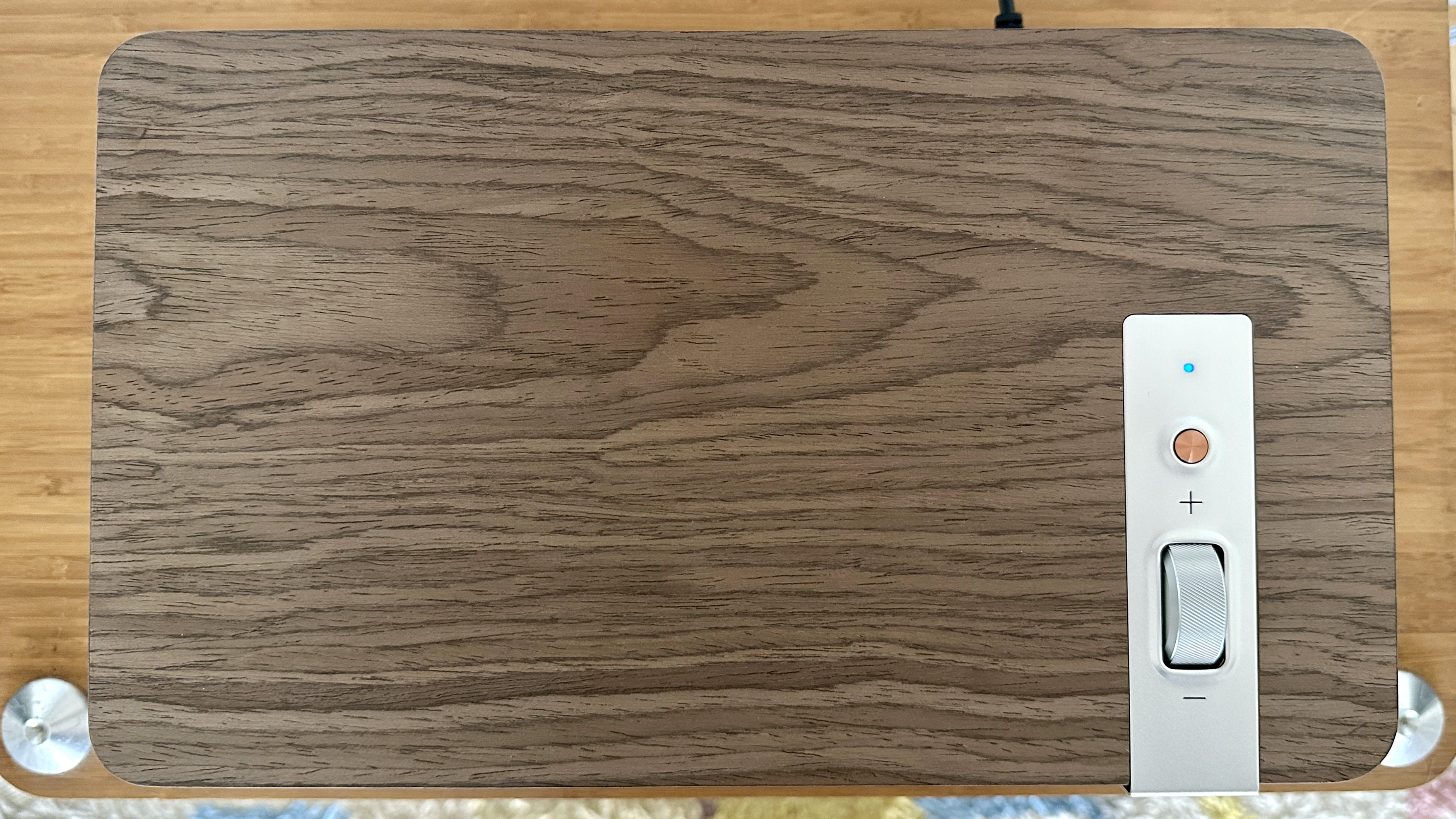
At a tidy 178 x 355 x 213mm (HxWxD), The Three Plus is eminently suitable for use on a tabletop or shelf – as long as the inputs on the rear are accessible, and as long as there aren't very nearby boundaries to the sides, it will sit pretty much wherever you want it quite happily.
And it looks the part as it does so, too. The top surface is almost entirely real wood veneer (either walnut or matte black), interrupted only by a little metal strip that's home to the Klipsch's few physical controls (input selection and volume). All four sides are flawlessly wrapped in acoustic cloth, and the slight curve at every junction just adds to the good looks. Build quality is unquestionable, as the standard of finish is impeccable. For a device that's so (relatively) keenly priced, the way it's presented is very impressive indeed.
While you can operate The Three Plus, up to a point, using its physical controls, the chances are you'll mostly use the Klipsch Connect app that's free for iOS and Android. It's home to a three-band EQ (along with five presets), and allows you to control playback, check for updates, switch on 'night mode' and more besides. It's not the most expansive control app you ever saw, true – but it's clean and stable, and it gets the major stuff done reliably.
Klipsch The Three Plus review: Verdict

You don't have to be any kind of savant to anticipate a bold, forward sound from a piece of Klipsch equipment – but the way The Three Plus is executed, from its extensive specification, to its poised sound, is entirely on point.
Its combination of discreet good looks, impressive functionality and forthright audio performance means The Three Plus makes a lot of sense at this asking price. Unless, that is, you intend to listen to vinyl at low volume levels, anyway.
Also consider
The world's not short of all-in-one audio systems, but finding something that can compete with The Three Plus where price, functionality and performance are concerned isn't all that easy. But if you dip your hand a little further into your pocket then the Revo SuperConnect Stereo can be yours. It's an excellent device in many respects, and though it goes without a phono stage it counters with Wi-Fi, internet radio and DAB+ reception.
Simon Lucas is a freelance technology journalist and consultant, with particular emphasis on the audio/video aspects of home entertainment. Before embracing the carefree life of the freelancer, he was editor of What Hi-Fi? magazine and website – since then, he's written for titles such as Wired, Metro, the Guardian and Stuff, among many others. Should he find himself with a spare moment, Simon likes nothing more than publishing and then quickly deleting tweets about the state of the nation (in general), the state of Aston Villa (in particular) and the state of his partner's cat.
